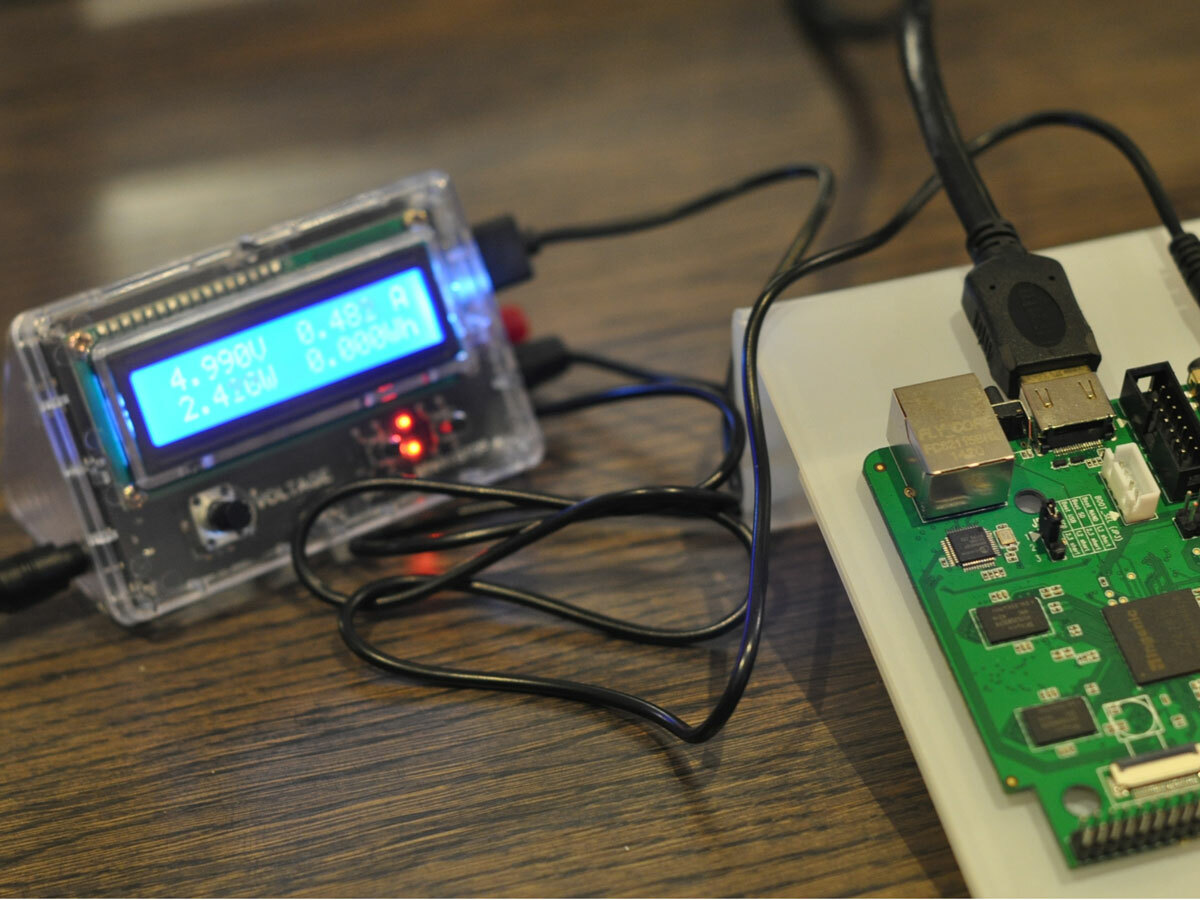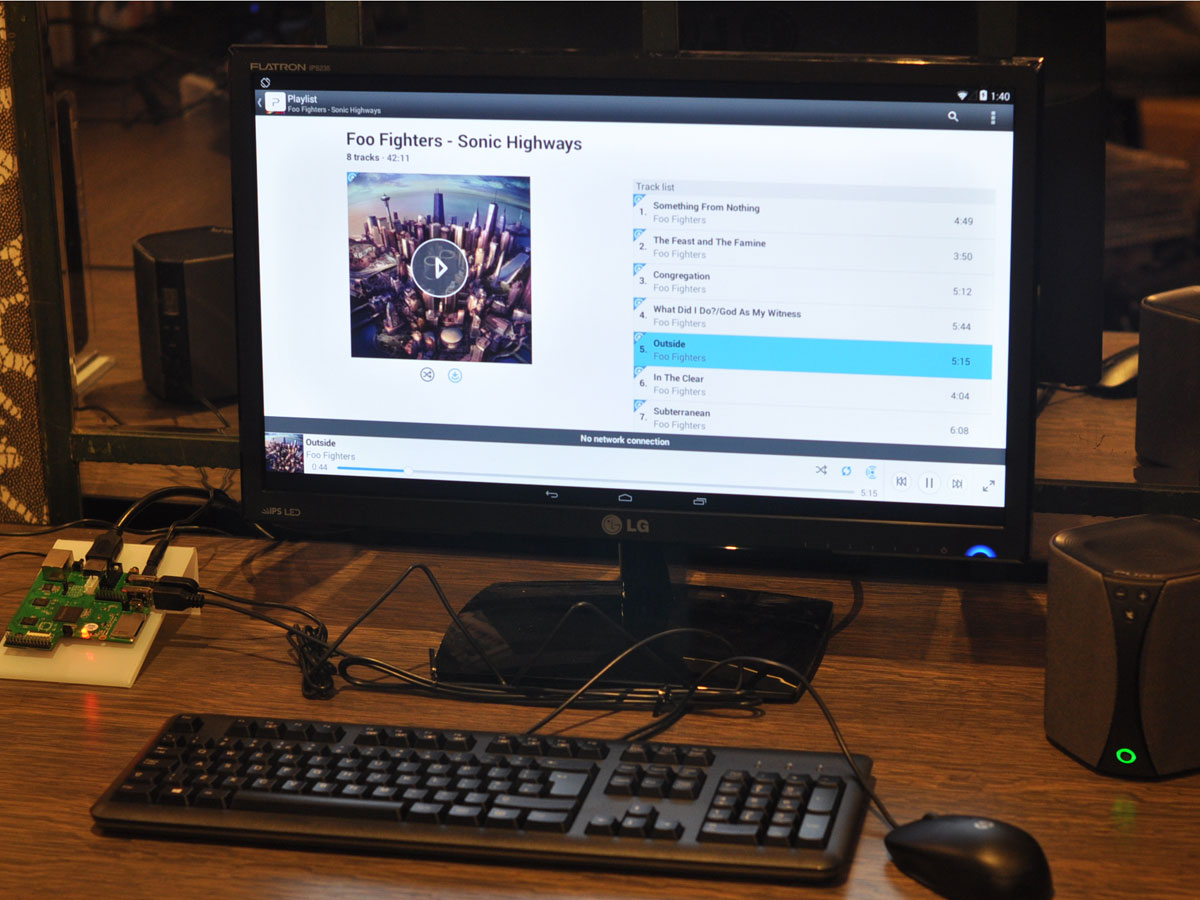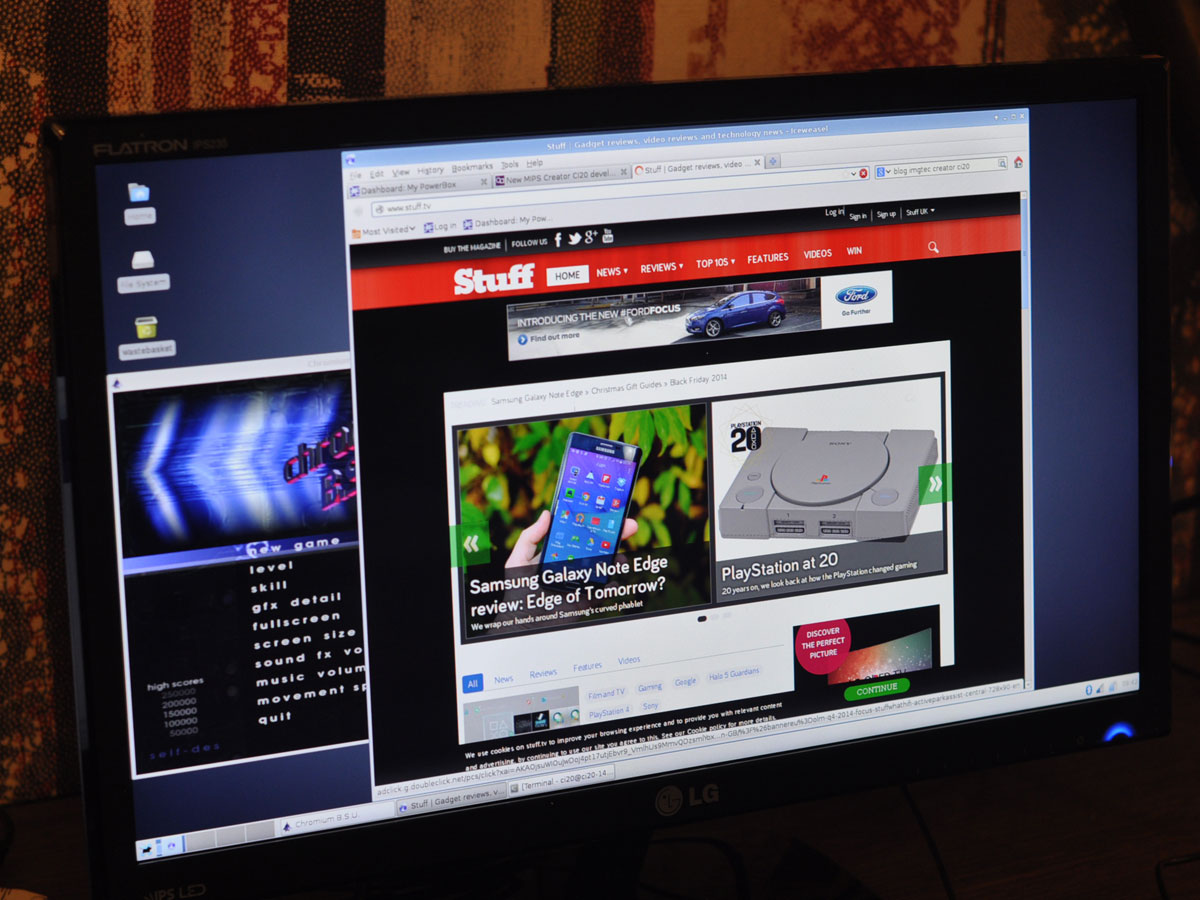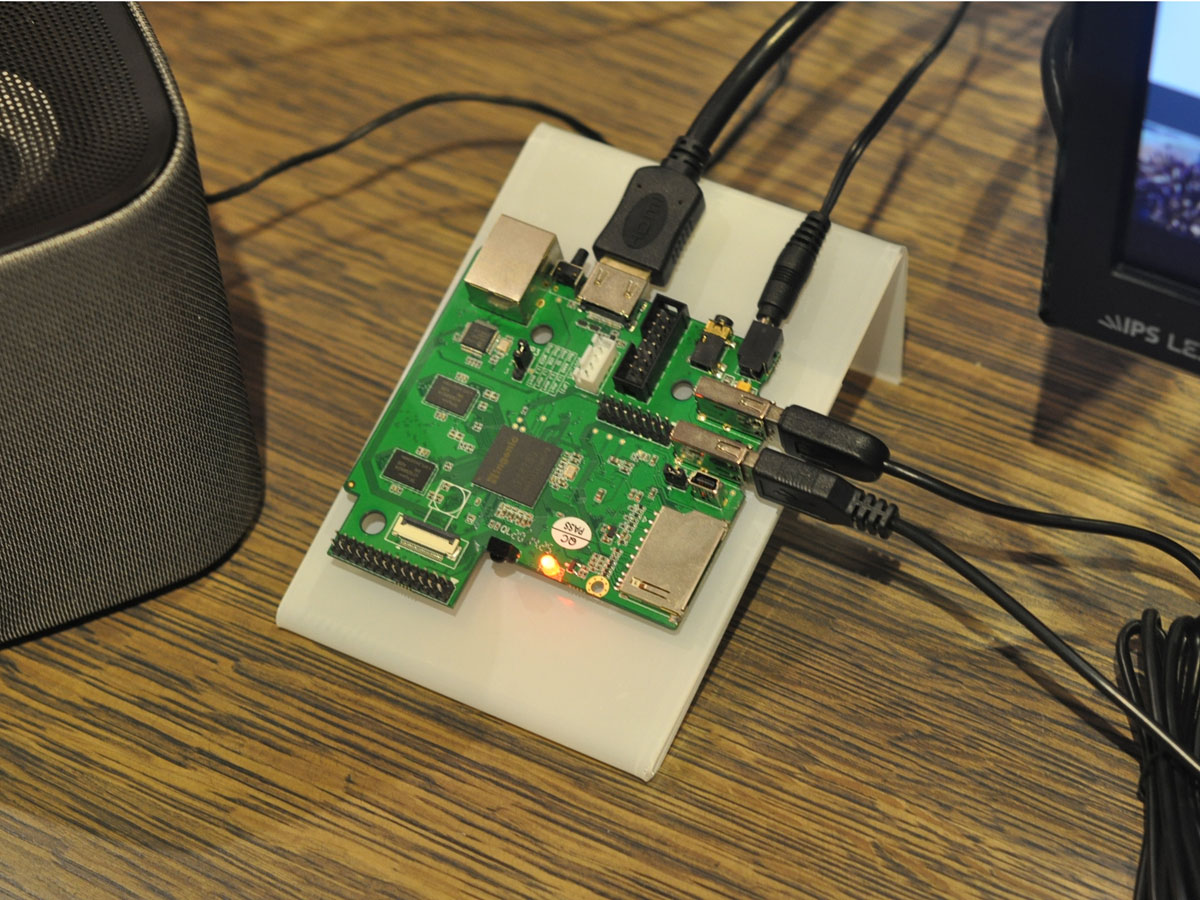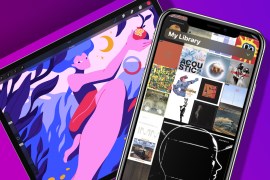Imagination’s Creator CI20 board is a pricier, better-connected, plug’n’play Raspberry Pi
New tiny-puter packs Wi-Fi, Bluetooth and comes running Android or Linux out of the box [updated with hands-on impressions]
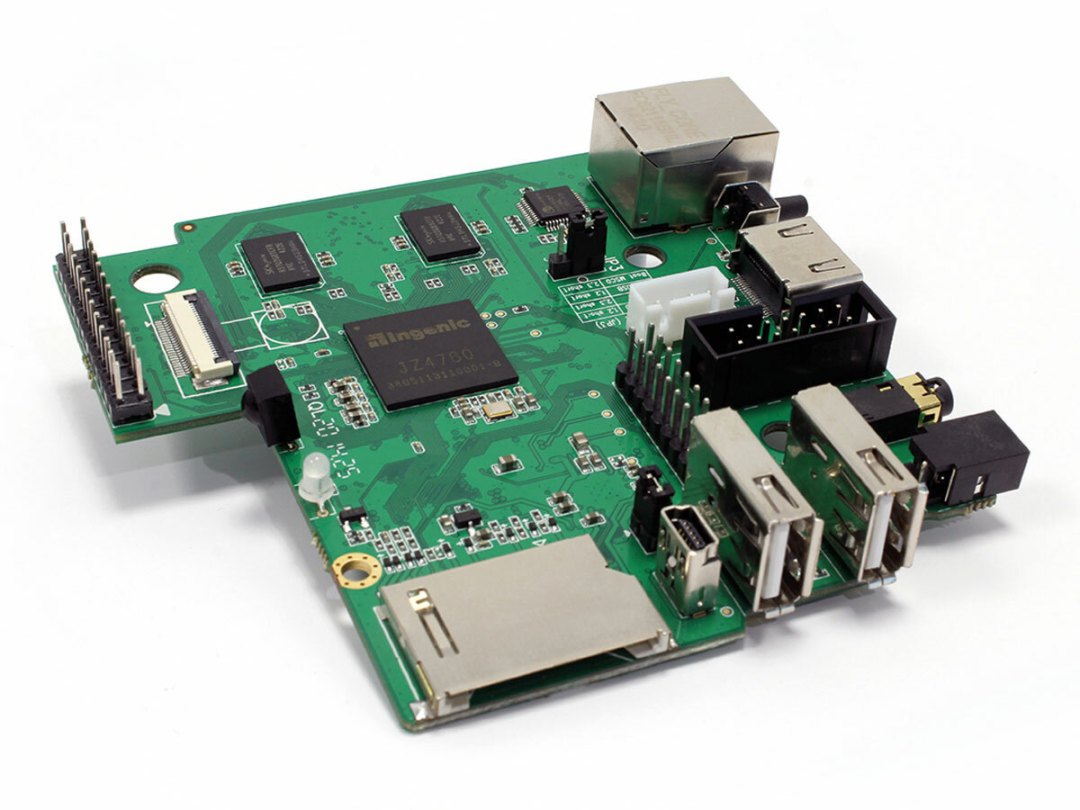
Building tech is the new buying tech. With tiny, energy-efficient computers like the Raspberry Pi racking up millions of sales to those keen to learn coding, build media centres or brew the perfect pint (and other hardware projects), the demand for what basically amount to smartphones without screens (or boxes) is amazingly high.
And now, British company Imagination’s Creator CI20, the first of a promised range of Creator boards, has entered the build-your-own-tech fray.
Unlike the Raspberry Pi, the CI20 should work out of the box: it has 4GB of built-in storage (plus SD card expandability) that comes pre-loaded with either Debian Linux or Android 4.4 KitKat. That means no faffing around flashing an SD card with yourt OS. Instead you just hook up an HDMI monitor and a USB keyboard and mouse to its two USB2.0 ports and get cracking.
Connecting to the web should be straightforward, too, via built-in 802.11n Wi-Fi or Ethernet. In short, it’s a DIY PC that’s takes a fair bit of doing it yourself out of the process.
READ MORE: Raspberry Pi B+ arrives at the same price as the board it replaces

The CI20 combines two of Imagination’s in-house technologies. It consists of the PowerVR SGX540 graphics processor (which once found home in the Samsung Galaxy S phone and original Kindle Fire tablet, and a dual-core 1.2GHz MIPS processor, supported by 1GB of DDR3 RAM.
According to Imagination, the whole setup takes less than 2.4W to run a demanding 1080p graphics test, as compared to the 4W of Raspberry Pi. It also trumps the Pi by including Bluetooth 4.0, which should make it straightforward to use to make interesting wireless Internet of Things projects and to connect to Bluetooth speakers, fitness monitors and more. Another neat inclusion is an infra-red receiver: get XMBC or Plex running on it and in theory you could control it with a normal remote control.
Are there negatives? Well, at £50/US$65, the CI20 is around twice the price of a Raspberry Pi Model B+, and it’s a fair bit bigger too. And if we’re being ultra-picky its specs don’t set the world alight when compared to something like, say, the internals of the Motorola Moto G. But really, none of that is anything to get worked up about: the price and size are still relatively tiny, and the Moto G isn’t a flexible, elegant solution aimed at home developers.
Developer-centric features such as a hardware debugger and a Raspberry Pi-compatible expansion header are also present and correct, which Imagination tells us will make it straightforward to port Pi projects over to the Creator. It’s not equipped to talk to Arduino out of the box, but other Linux distributions such as Yocto will happily run on it, too.
Update: Hands-on with the Imagination Creator CI20
The title above is disingenuous: I didn’t actually get my mitts on a CI20 for fear of frying its components with static charge built up from wearing my woollen coat, but I did try out a few things it was running.
The first demo was of a KitKat-equipped CI20 playing a cartoonish Android game that didn’t seem to tax it at all. Using a mouse to navigate, I left the game and entered the stripped-down KitKat menu (no extensive Google apps selection here). Transitions weren’t as smooth as those of the latest flagship handsets, but certainly good enough. Downloading and installing an app over Wi-Fi was also nippy.
Next I saw an Android CI20 running Pure’s Flow app, controlling playback on a Pure Jongo speaker via Wi-Fi. Again, operation seemed faultless.
My impressions from the Debian demos were equally positive. On the first was a desktop working at 1080p, with an animated game intro (Chromium B.S.U.) running in the background and a browser open on top with two running tabs. Opening up another tab did cause it to jerk around a bit, and loading Stuff.tv is certainly slicker on a laptop or desktop, but it was perfectly usable.
The graphics demo was the best: a 1080p helicopter’s eye view of a highly detailed 3D Chinese town, which was overlaid with windows scrolling horizontally across the screen, each of which applied a different filter or effect to the view. It was utterly smooth – not a dropped frame, from what I could see – and all the more impressive given that a power meter hooked up to the CI20 pitched its draw at between just 2.2 and 2.4W. My desktop PC uses twenty times that when it’s not doing anything.
It’s going to be interesting to see whether the maker community jumps on the CI20 as they did the Raspberry Pi, or whether it’s going to make it into the country’s classrooms to help kids to code. It certainly has the power and appears to have the connectivity to do either. I’m just looking forward to sticking Plex on one and seeing how well it operates as an Apple TV replacement.
Use your imagination
You may not be familiar with the Imagination Technologies name, but you will have used its wares: it makes the graphics technology used in every iPhone and iPad and many Intel processors, as well as numerous other phones, tablets, sat-navs, smart TVs and much more. It’s also big in audio and wireless technology: if you’ve ever owned a Pure DAB radio, you’ve owned an Imagination product.
Recently Imagination acquired MIPS, a computer processor IP company that was once neck-and-neck with ARM in the race to power mobiles and tablets. ARM took a huge lead, leaving MIPS to tackle the less glamorous end of the embedded processor market – routers, for example – but Imagination has plans to make MIPS a contender again. The CI-20 Creator could play a major part in those plans – certainly, given that Android already runs on the platform, the possibilities for MIPS look intriguing.
You can pre-order the board here, with delivery expected in late January 2015.
READ MORE: Raspberry Pi will soon have its own display, and it’s about time
